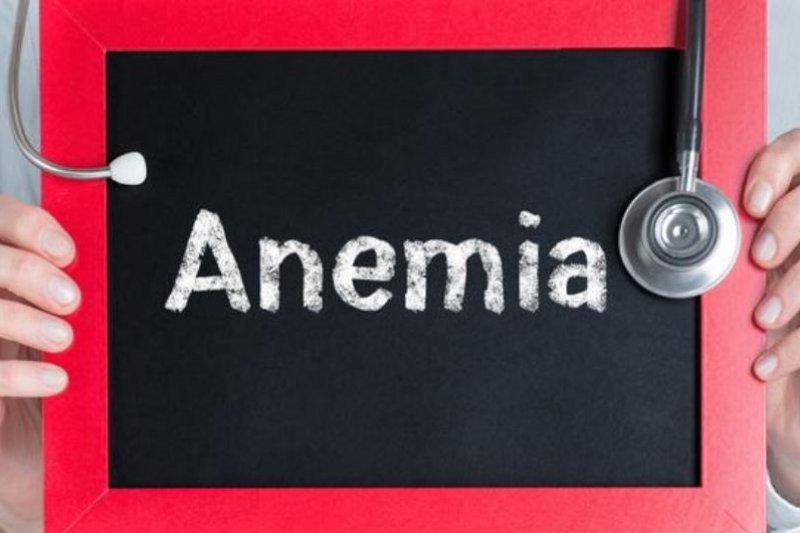Iron plays a role in multiple physiological functions, naming oxygen transport, gene regulation, DNA synthesis, DNA repair, and brain function. Depletion of and inability to use iron disturbs these pathways and causes multiple morbidities. Three main body iron compartments describe iron status inadequacy: iron stores, transport iron, and functional iron. Anemia resulting from iron deficiency adversely affects cognitive and motor development, causes fatigue and low productivity.
Iron deficiency (ID) can be divided into 4 major categories: 1) iron depletion (a state in which the low level of iron affects nonhematologic pathways (e.g., brain, muscle); 2) iron-restricted erythropoiesis (a condition with some impairment of hematologic function without evidence of anemia or microcytosis), 3) IDA; and 4) Functional iron deficiency (a state in which iron stores are adequate but unavailable for biological use).
Iron deficiency anemia is a result of insufficient iron supply causing the inability to maintain normal levels of hemoglobin. Iron deficiency anemia (IDA) is a well-known complication, but iron deficiency alone may cause negative impacts on the health risk of pediatric patients.
Approximately 50% of cases of anemia are considered to be an iron deficiency, but the proportion probably varies among population groups and in different areas, according to the local conditions. The high prevalence of iron deficiency anemia in developing countries most often is attributed to nutritional deficiencies worsened by chronic blood loss due to parasitic infections and malaria. Anemia in children has a broad differential diagnosis, but it narrows once the anemia is classified further as microcytic. The most common causes of this in children are iron deficiency and thalassemia minor.
There are various hematologic and biochemical parameters used for screening and diagnosis of iron deficiency anemia in children, but there is no single “best” test to diagnose iron deficiency with or without anemia. The “gold standard” for identifying iron deficiency is a direct test-bone marrow biopsy with Prussian blue staining, but this is an invasive procedure. The degree of iron deficiency is described by total body iron (measured by ferritin), transport iron (measured by transferrin saturation), serum iron, and other hematologic and biochemical markers.
Author: Yulia Nadar Indrasari, dr, SpPK
Detailed information from this article can be viewed in our article at:
Yulia Nadar Indrasari, Siti Nurul Hapsari, Muhamad Robiul Fuadi.
IntechOpen.com. Published: February 28th, 2022;
DOI: http://dx.doi.org/10.5772/intechopen.102792
Potential Marker for Diagnosis and Screening of Iron Deficiency Anemia in Children | IntechOpen





